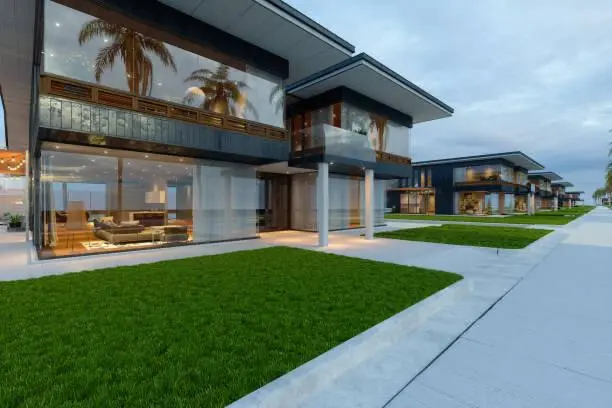The ultimate objective of a technology park is to provide an environment that will enable the localization of various tech-related companies. It is a development that brings together office spaces, residential areas, entertainment, and retail developments in order to enhance the operations of tech corporations, thereby providing various benefits and economies of scale to each individual business entity.




































